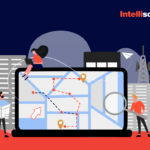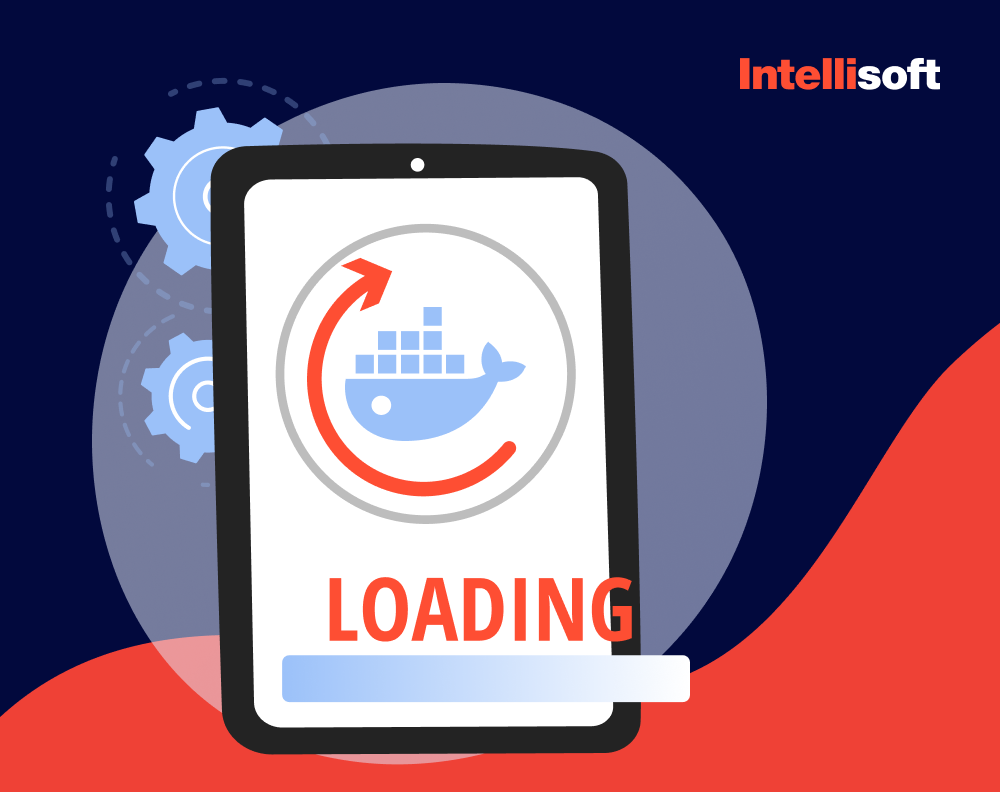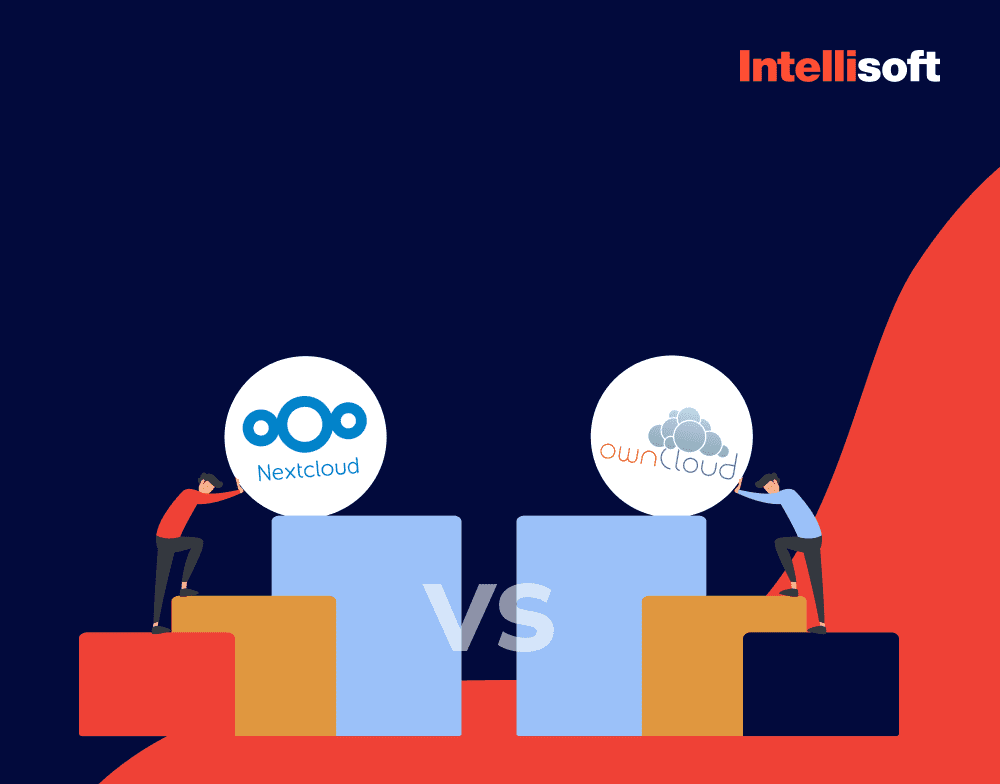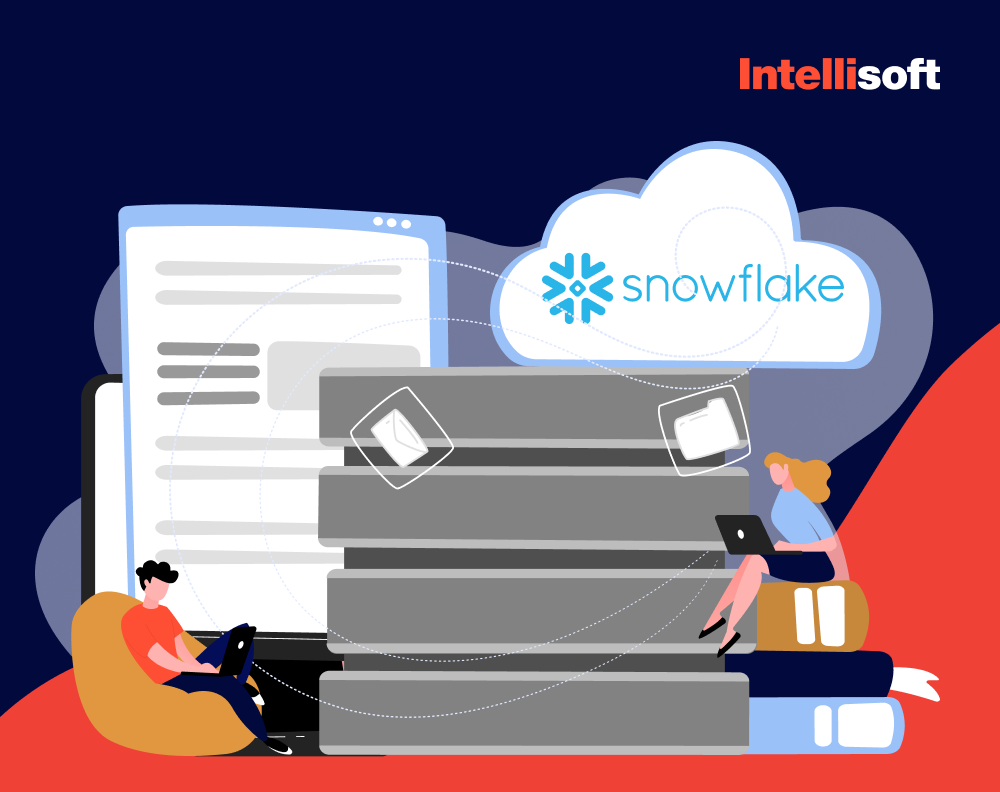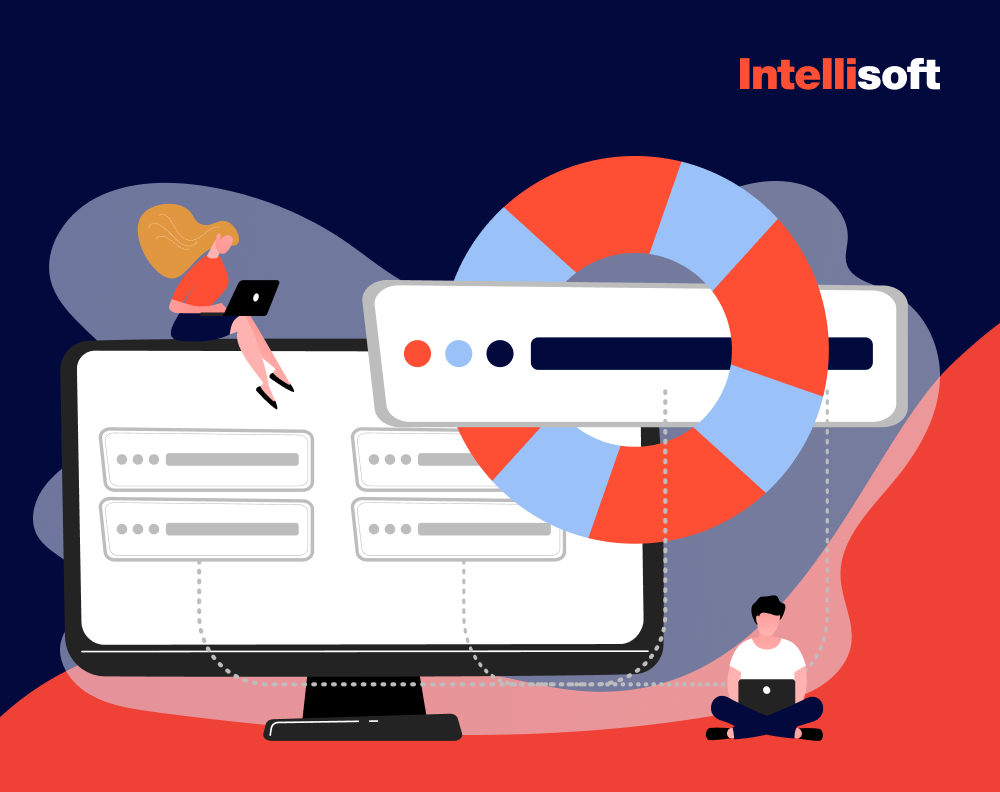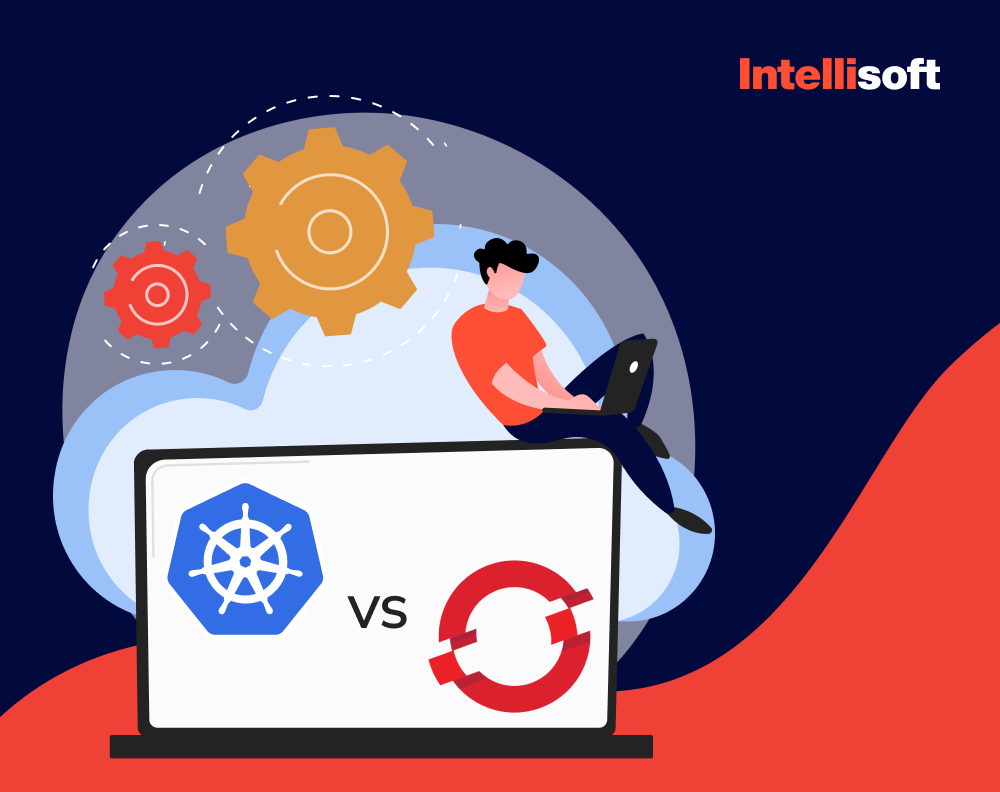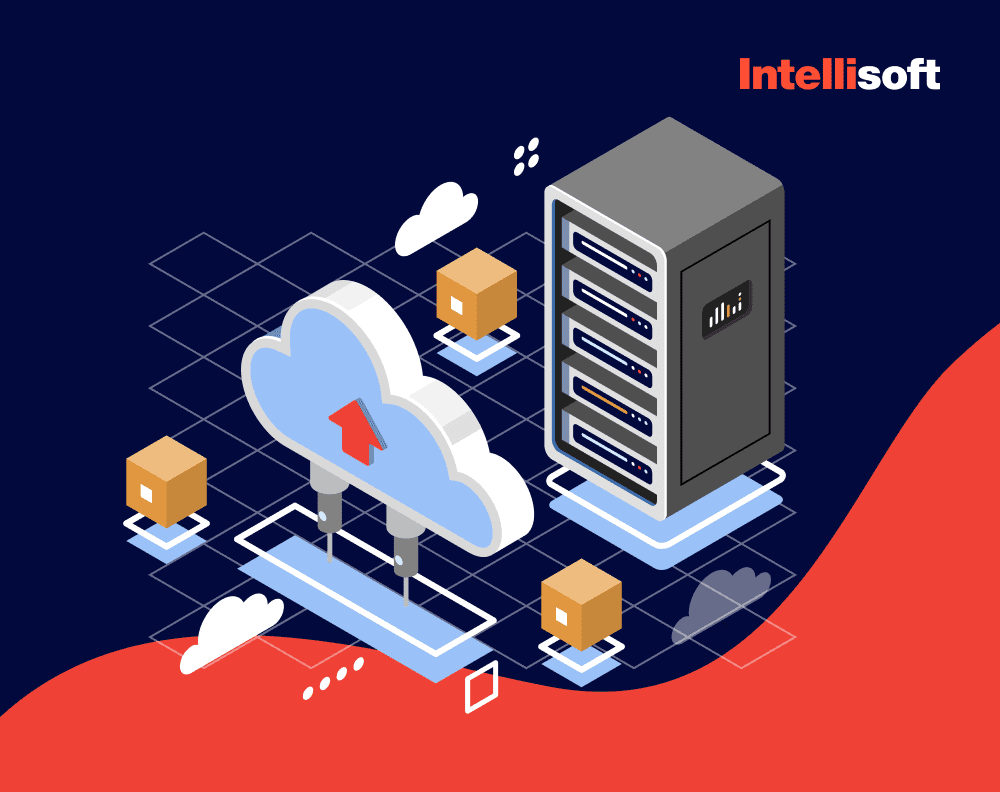Looking For Big Data Analysts?
If you have been looking for ways to improve access to information, gather more insights, and speed up query-response time, data warehouse software tools are your solution. A data warehouse is a database that stores large amounts of data. It is used for storing, data analysis, effective reporting, and data-driven decision-making. Nowadays, most data warehousing tools are cloud-based and incredibly fast and scalable.
At IntelliSoft, we have years of experience designing and implementing cloud-based solutions for our clients. One of our recent data analytics cases was for a leading Maritime software provider SpecTec. The client wanted to adopt Asset Management Operating System (AMOS) functionality, using data transfer between mobile devices used in field operations and local databases. We provided them with a remote database synchronization solution and re-implemented the data access layer. Projects like this helped us gain expertise and skills to help our future clients with data analytics and cloud-based solutions.
In this article, we will talk about data warehousing software tools, their types, and benefits. Moreover, you will learn about the critical factors that you need to consider when selecting the right data warehouse tool, as well as the top 10 tools available right now.
Table of Contents
What are Data Warehouse Tools?
A data warehouse has its name for a reason. It is designed to store large volumes of various data from multiple sources and departments: finance, marketing, sales, customer service, and so on. By gathering all this data in one location, businesses can organize and process it easier and quicker.
Data warehouse software is an organized system that stores all the information about an organization, including historical data, so that it can be extracted at any time and analyzed. It does not require building infrastructure and spending a lot of money because cloud-based solutions have significantly reduced efforts and spending. Cloud-based data warehouses are highly scalable, fast, and efficient.
What does data warehouse software do?
Data warehouse solutions involve 3 main processes: Extract, Transform, and Load. This process is also called ETL. The first step is the extraction of data from the source system. After that, the data is transformed to meet the requirements and be used in the data warehouse. Finally, the data is loaded into the system and is ready to be evaluated and analyzed.
Data Warehouse vs Database
Below, we compare how a data warehouse differs from a database in order to demonstrate the difference between them. In this way you can get a clear understanding of both concepts.
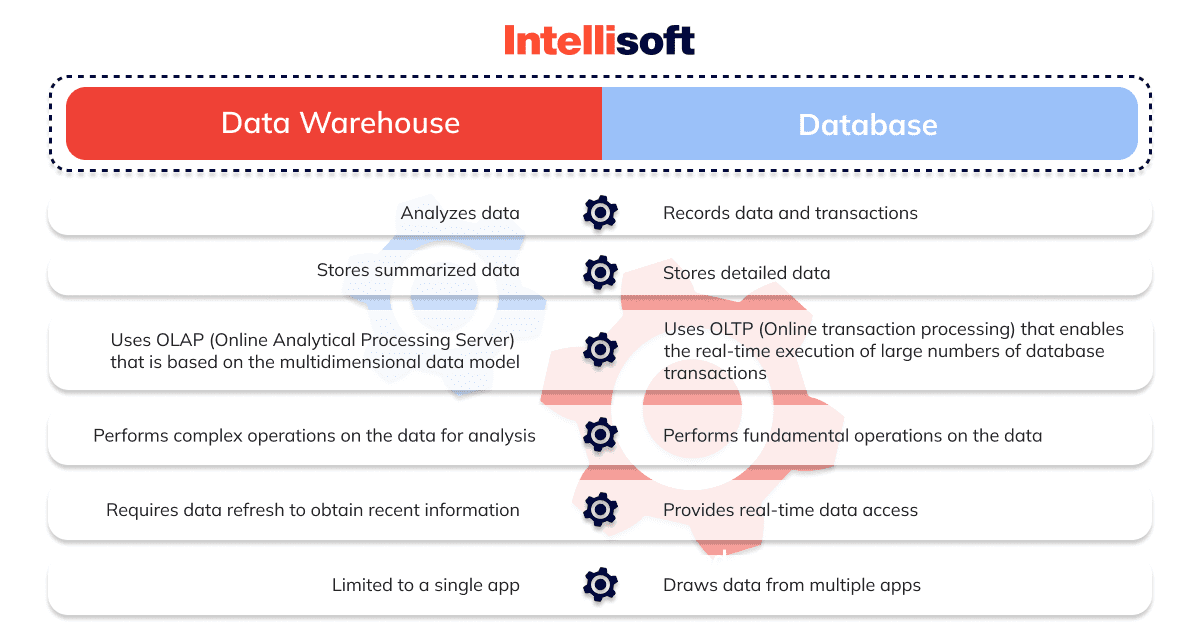
Data Warehouse vs Data Lake
Below, we compare how a data warehouse differs from a data lake to demonstrate the difference between them. In this way, you can get a clear understanding of both concepts.
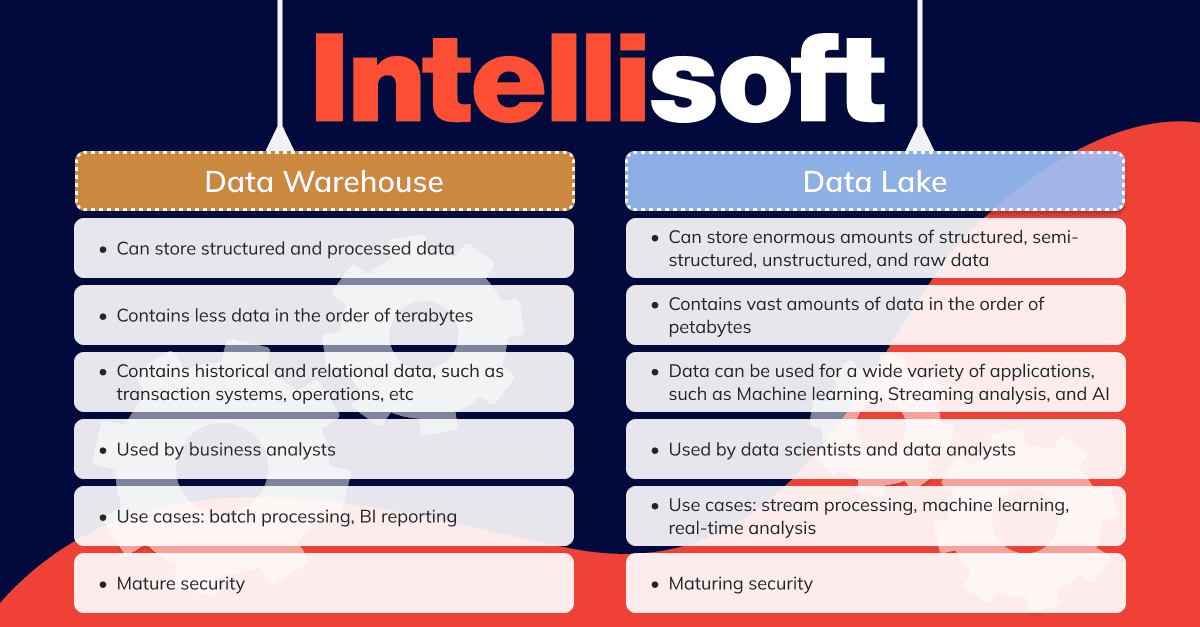
Types of Data Warehouse Tools
Now, let’s see what types of data warehouse tools are currently present on the market so that you can find the right tool for your project.
There are three main types of data warehouse tools:
- Enterprise Data Warehouse
These warehouses are centralized, assisting different departments of an organization with decision-making. The users can easily categorize the data by subject so that only specific departments can use it. - Operational Data Storage
ODS is used when a data warehouse and an OLP system do not support an organization’s needs. In ODS, a data warehouse is refreshed in real-time, making it perfect for everyday tasks. This tool is also used for operational reporting, decision-making, and controls. - Data Mart
Data mart is a component of a data warehouse, and it is usually used for a particular type of business line. For example, it can be used for sales, finance, or accounting.
Stages of Data Warehouse
Data warehousing consists of several stages because it is not a single-designed infrastructure.
Here are the general stages of use of a data warehouse:
- Offline Operational Database: Data is copied from an OS to a server during this stage. As a result, the loading and processing of the data do not impact the OS’s performance.
- Offline Data Warehouse: Data is regularly updated from the operational database in the data warehouse. It is mapped and transformed to meet the data warehouse’s objectives.
- Real-time Data Warehouse: Data warehouses are updated when transactions happen in the operational database.
- Integrated Data Warehouse: Data warehouses are continuously updated during this stage when the OS performs transactions.
Why Do We Use Data Warehouse Tools?
The main role of data warehouse technologies is to streamline data for business intelligence. Moreover, it is essential for the seamless transition of the data from one architectural level to another. Data warehouses also automate routine, repetitive tasks, and they help businesses gather detailed insights. Medium-sized or large businesses use a data warehouse for:
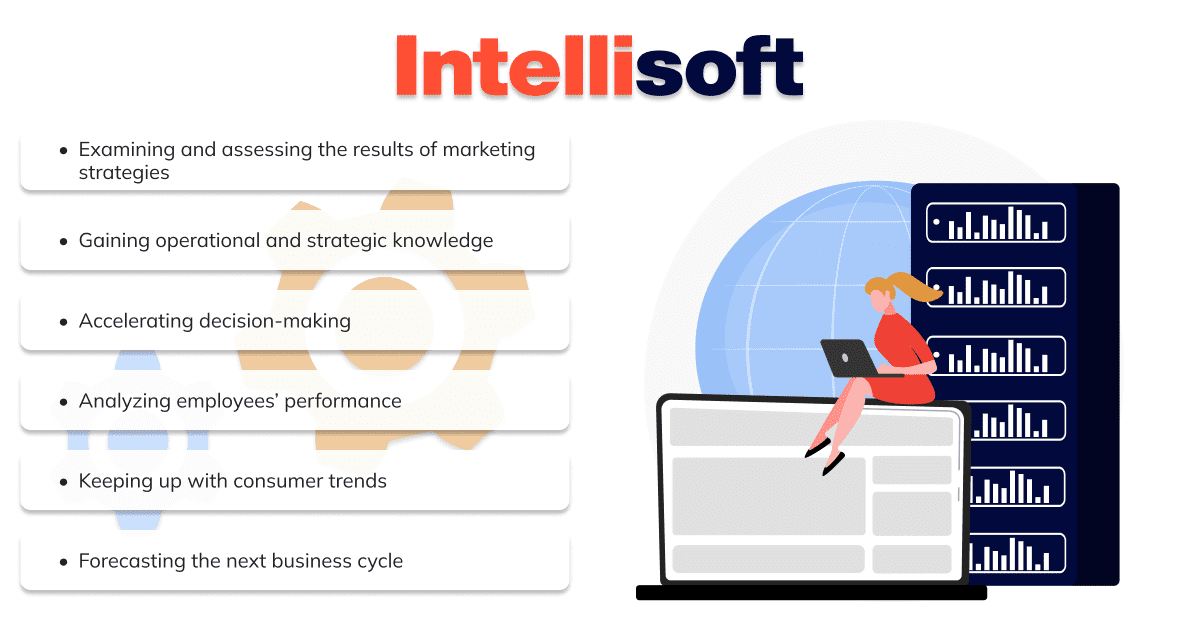
Critical Factors to Consider While Selecting the Right Data Warehouse Tool
There is no universal data warehouse tool for all types of organizations. According to your needs and goals, the choice might differ, so there are several factors to consider when choosing the right data warehouse tool.
Cloud vs On-Premise
First of all, decide whether to use a cloud-based or on-premise data warehouse solution. A cloud data warehousing system is perfect if you need a cost-effective option and don’t want additional servers or hardware. However, an on-premise solution grants more data security because you have full control over data protection and access.
Structured vs. Unstructured vs. Semi-Structured Data
You should also consider the format in which data is presented, the number of data sources, and how consistent the structure is. For example, data warehouses only accept structured data and data lakes allow unstructured data.
Data Processing Requirements
You also need to understand what a data model is to be able to choose the right tool. For instance, you can store raw data along with the metadata in a data lake and use a schema when extracting data. A data warehouse, however, needs an ETL procedure to transform raw data into a predefined structure.
Data Storage and Budget Constraints
The more data you need to store, the higher will be the cost of storage. Thus, data lakes are the most cost effective in this respect because data there can be in an unprocessed state. In a data warehouse you need more storage space.
Performance and Scalability
Data warehouse tools offer different levels of performance. If you want to ensure that your data warehouse performance is at its highest, the data should be properly cleansed, converted, and loaded. Moreover, take into account that your organization will be growing, and so will your requirements, so you need a product that is easy to scale up.
Integrations
Select a data warehouse tool that will allow you to integrate multiple data sources such as streaming apps, databases, cloud sources, etc.
Use Case
You need to choose a data warehouse tool that meets your needs and requirements. Thus, focus on the needs rather than only on how powerful the data warehouse is. Consider the data type you will be dealing with and whether a solution can handle complex operations.
Top Data Warehouse Tools List
To help you find the right option for your business needs, let’s take a look at the best data warehouse software available online:
1. Amazon Redshift
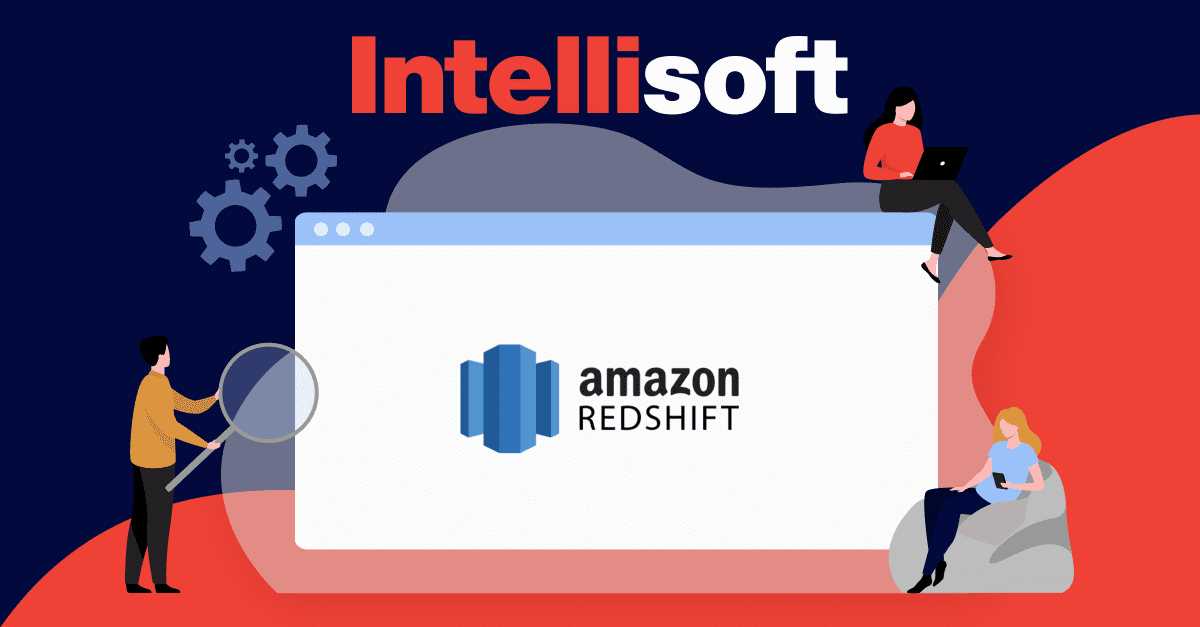
The first data warehouse example is AWS Redshift. This is a simple, cost-effective data warehouse platform offering real-time and predictive insights for optimized business intelligence. It is a global leader in cloud infrastructure, and is suitable for organizations of all sizes and different industries.
Key features:
- Real-time and predictive analytics
- Automated backups
- Elastic scaling
Pricing: Free trial for 2 months. Pricing starts at $0.25 per hour.
2. Teradata Vantage
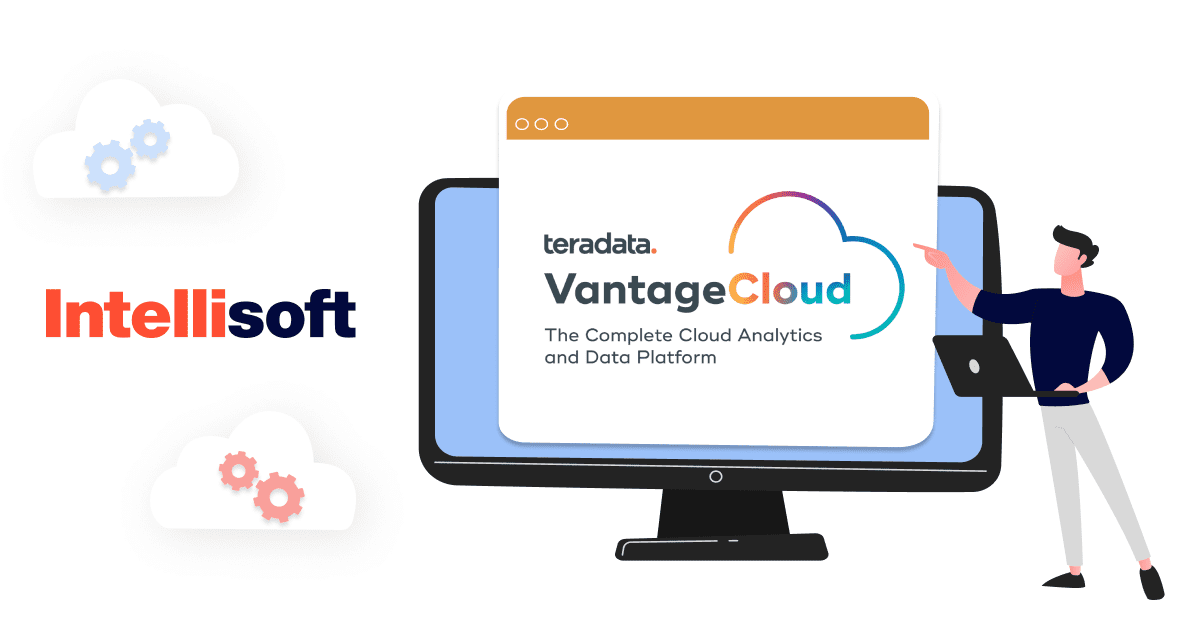
One of the best cloud data warehouse tools is Teradata. It offers a sea of advanced cloud-based solutions for multi-cloud infrastructures. It is a great choice for enhanced analytics capabilities and businesses from different industries: healthcare, retail, manufacturing, automotive, etc. Teradata can handle massive workloads and it can be deployed both on the public cloud and on-premises.
Key features:
- Enhanced Clearscape Analytics capabilities.
- Connected multi-cloud platform.
- AI and Machine Learning-powered models.
Pricing: The enterprise pricing plan starts from $9.000/month.
How Much Will Your Project Cost?
3. Microsoft Azure
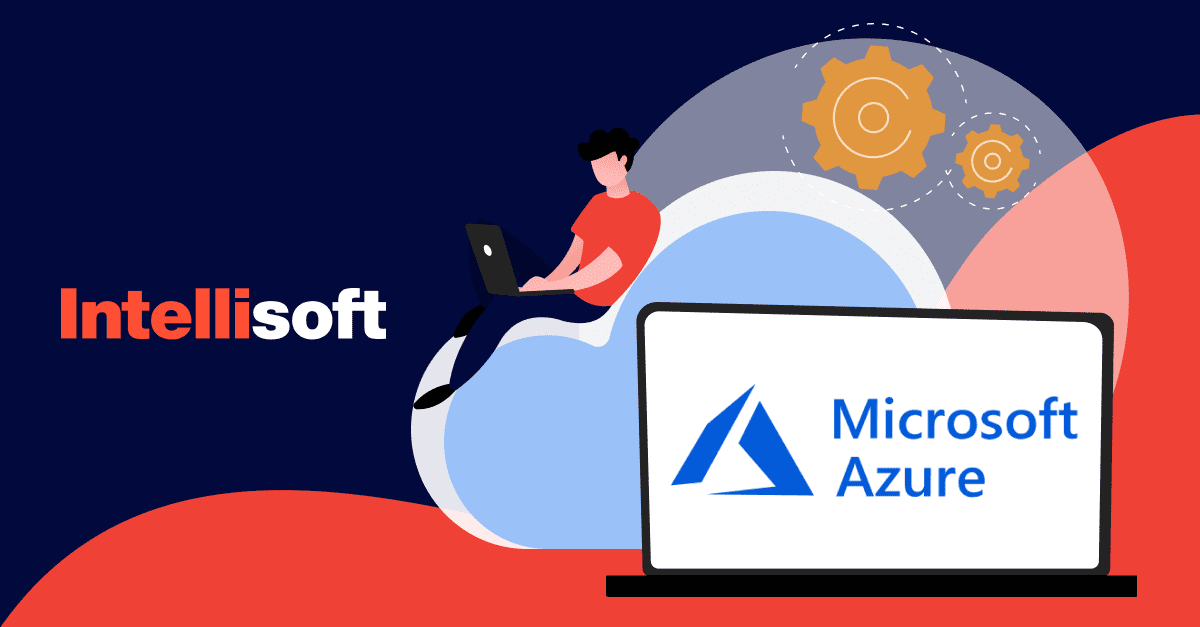
Azure is a cloud-based relational database from Microsoft with a node-based system. It can be optimized for petabyte-scale data loading and real-time reporting. This tool now offers more than 200 products and services including data storage, big data analytics, and business intelligence tools for businesses of all sizes and industries.
Key features:
- Apache Spark and SQL engines for improved collaboration.
- Intelligent workload management.
- A unified environment for machine learning and analytics.
Pricing: Azure costs $5/terabyte (TB) of processed data. Tier-1 prices start at $4,700 per 5000 Synapse Commit Units or SCUs.
4. Google BigQuery
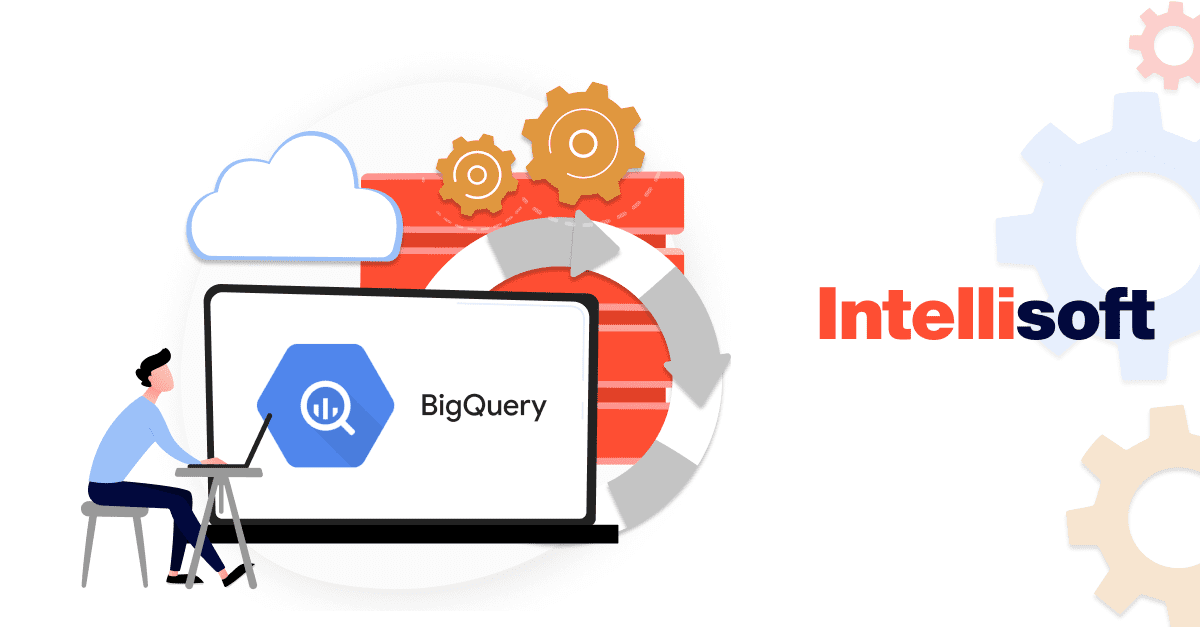
This is a cost-effective tool with built-in machine-learning capabilities. BigQuery supports querying with the help of ANSI SQL, and it can process huge amounts of data by employing SQL-lite syntax. Since it is a hybrid system, the information can be stored in columns, and it has additional features like data type and the nested feature. It is often chosen by data scientists who have to run ML or data mining operations and deal with substantial amounts of data.
Key features:
- Multi cloud functionality
- Built-in ML integration
- Foundation for BI
- Geospatial analysis
- Automated data transfer
Pricing: Storage and queries have different pricing. The cost for active storage is $0.020 per GB/month. The price for querying starts at $5 per TB, with 1 TB free every month.
5. Oracle Autonomous Data Warehouse
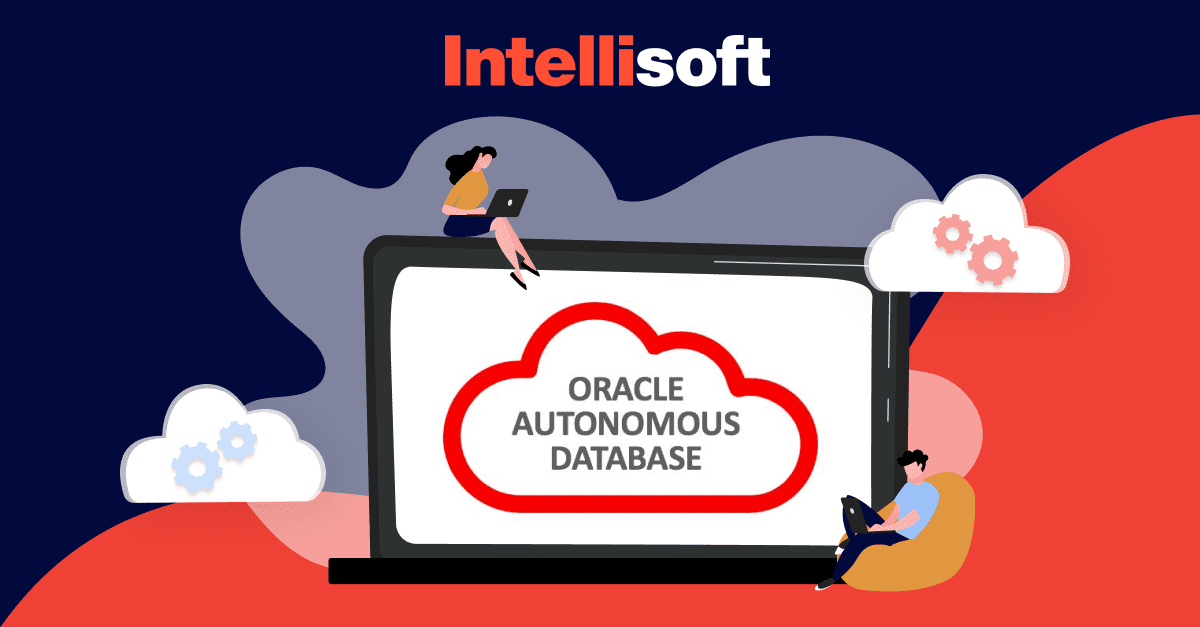
This tool takes care of everything connected to data warehouse development and data protection. All processes are automated, including setting, regulating, scaling, and backing up data. The cloud experience with Oracle’s tool becomes fast, simple, and elastic. With this tool, it is easy to protect data both from outsiders and insiders. The data stored there can be either highly structured or unstructured, and it can be accessed directly by customers and employees or indirectly through the company’s software or apps.
Key features:
- All processes are automated, so it is self-driving
- Built-in capabilities protect against external and internal attacks
- It is self-repairing, requiring fewer than 2.5 minutes of downtime per month
Pricing: The prices start at $0.0244 per GB/month.
6. Snowflake
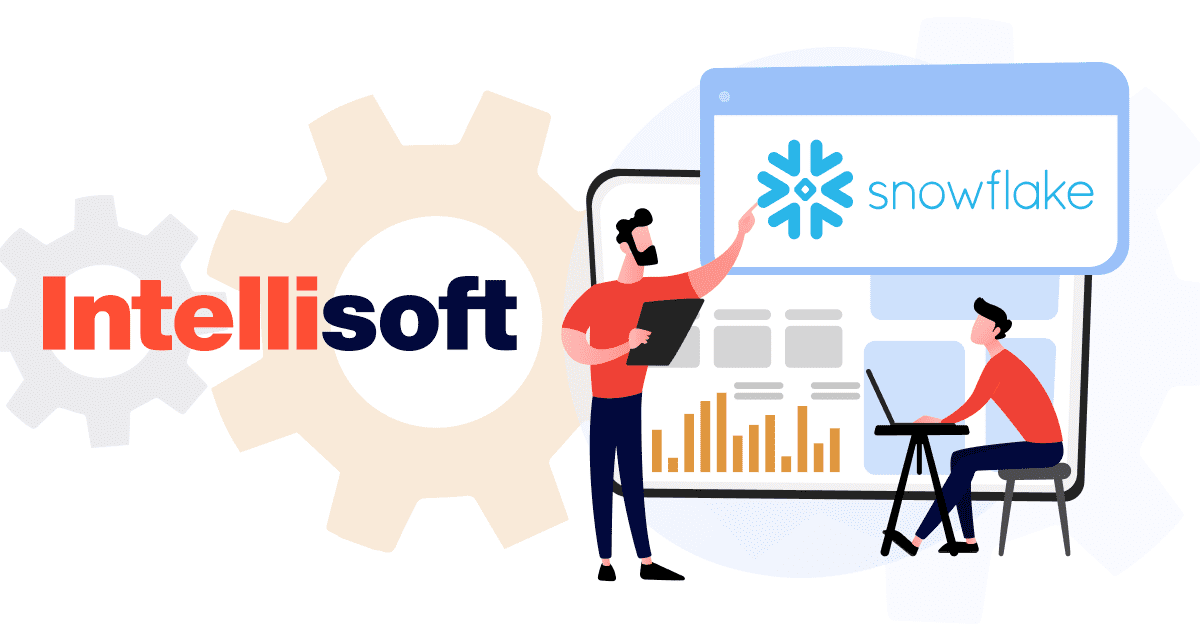
Snowflake is a data warehouse that is more adaptable than traditional data warehouses. It has an SaaS architecture, and runs entirely in the cloud. The data can be analyzed both from structured and unstructured sources. Moreover, in Snowflake, the storage is separated from the processing power, allowing it to scale CPU resources based on user activities.
Key features:
- Decoupling of storage and compute features
- Auto-resume, auto-suspend, and auto-scale possibilities
- Can migrate its workloads with other cloud providers
- Time travel features allow following the evolution of data through time
Pricing: The average compute cost for the standard tier is $0.00056 per second per credit. However, the prices differ according to the platform, region, and the selected pricing tier.
7. Micro Focus Vertica
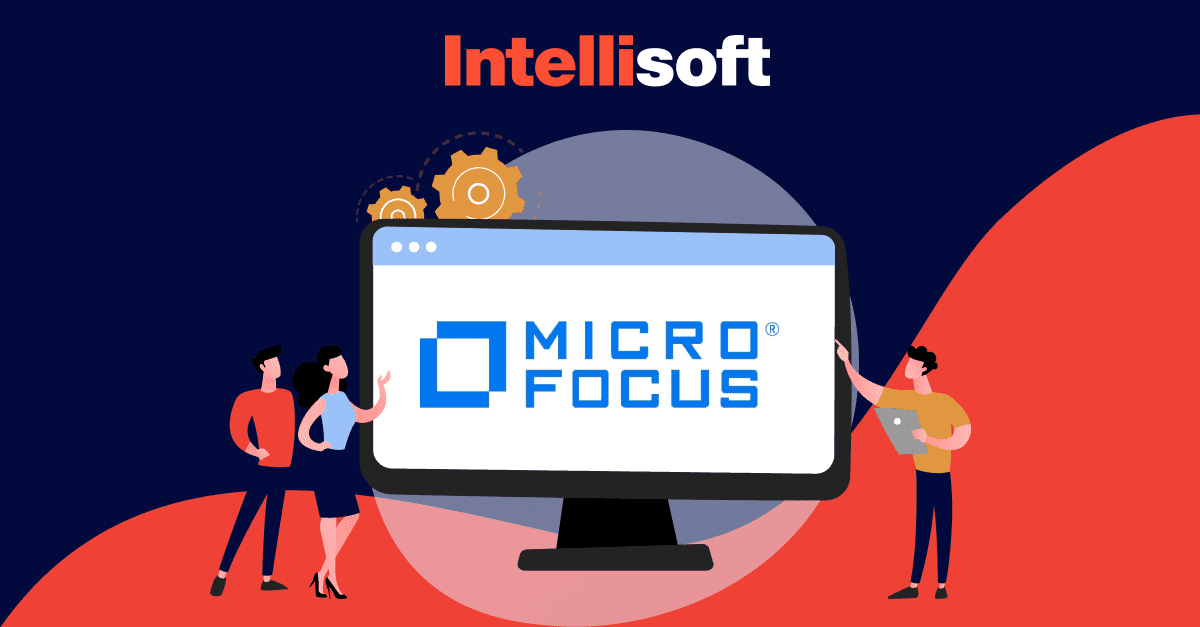
Vertica is available on platforms like AWS and Azure. Companies like the Bank of America, Uber, and Etsy use it. It allows companies more scalability, speed, and simplicity in use. Since it is used on commercial hardware, the database can be scaled according to the company’s needs. It is mostly used to improve query performance over traditional data warehouses. Vertica is a column-oriented relational database that stores data by grouping it at once on disk by column instead of row. It includes capabilities like machine learning, time series, and pattern matching.
Key features:
- Cloud-native, elastic, and containerized architecture
- Faster analysis of Parquet files
- Advanced analytics and machine learning capabilities
- Enhanced data sharing on AWS S3
Pricing: Vertica has a free community tier for up to 1 TB and three nodes. Pricing starts at $2 per hour.
8. IBM Data Warehouse Tools
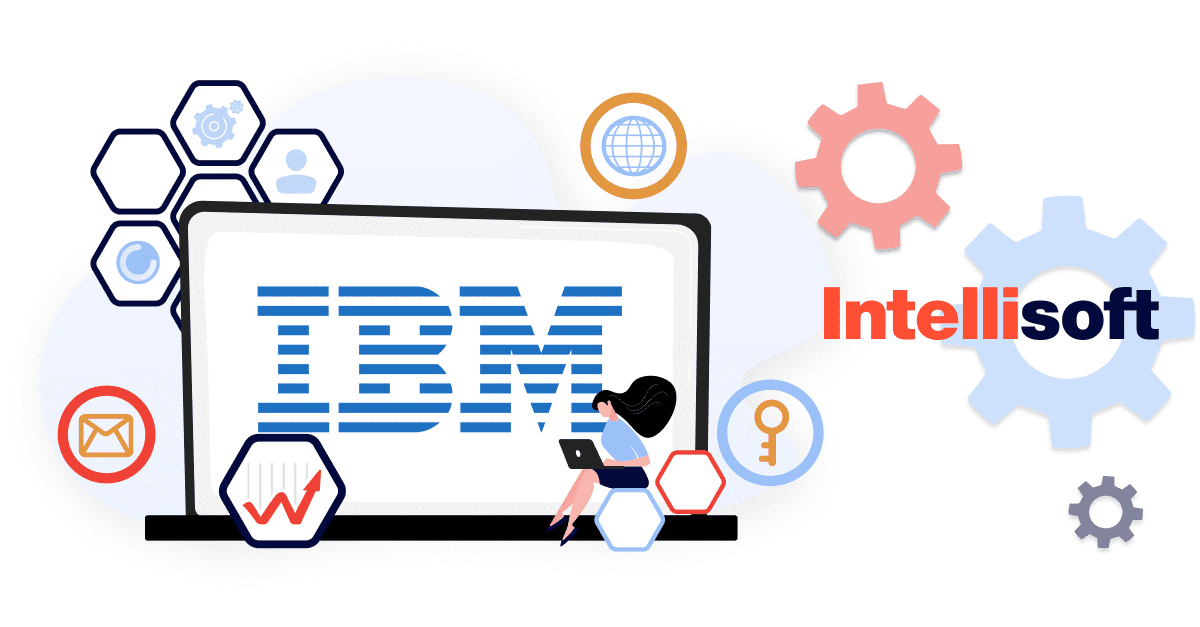
IBM has a vast variety of data warehouse and data management solutions. Thus, it is usually used by larger corporations. It has vertical data modeling and in-database real-time analytics. The two main tools include IBM Db2 Warehouse and IBM Datastage. The first is a cloud data warehouse that allows self-scaling data storage and processing. The Db2 relational database enables companies to store, analyze, and retrieve data quickly and efficiently. IBM Datastage takes data from a specific system and shares it with a target system. On-premises and cloud-based parallel architecture allow companies to combine data from several systems.
Key features:
- Automatic load balancing system
- Provide a variety of partitioning techniques
- Can handle massive amounts of data
Pricing: Compute costs under Flex One tier start at $0.68 per instance/hour. IBM Datastage begins at $934/month.
9. Amazon DynamoDB
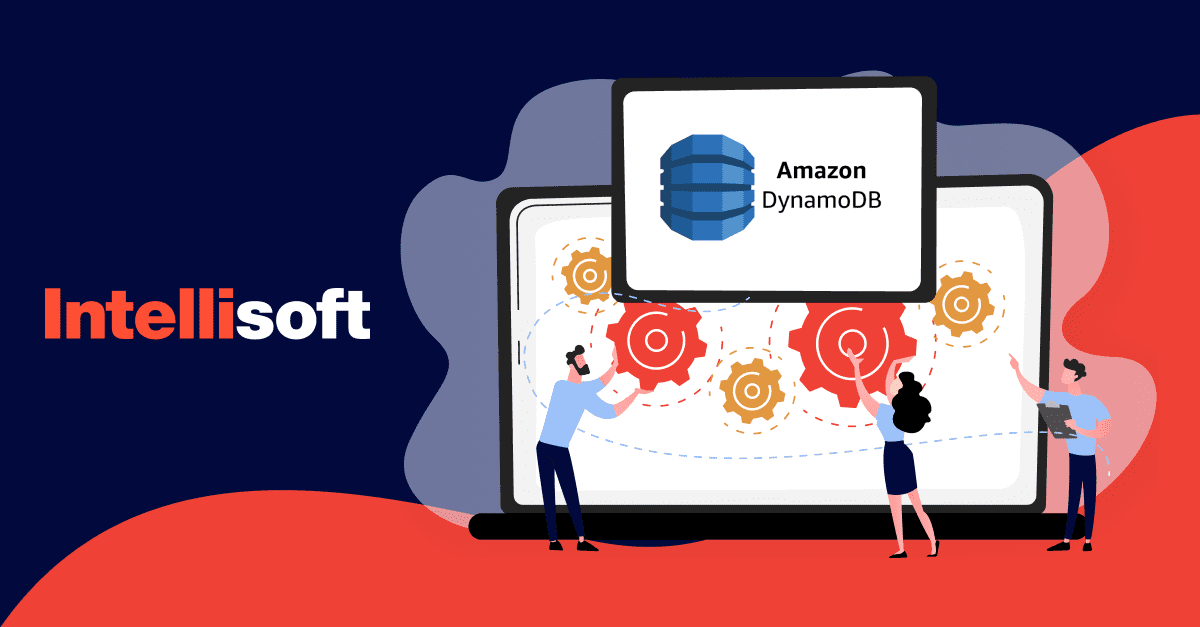
This is a scalable NoSQL that is a cloud-based database for enterprises. It uses key value and document data management to create a flexible schema and can scale querying capacity to over 20 trillion daily requests. All the tables can scale automatically by adding new columns, depending on the company’s requirements. DynamoDB comes with DynamoDB Accelerator (DAX) – in-memory cash that makes it faster to read data.
Key features:
- It is designed for massive scalability
- Supports the following data types: Scalar, Multi-values, and Document
- Default eventual consistent read
- The data is stored on SSD storage
Pricing: A free tier that offers 25 GB of data storage and 2.5 million stream read requests. On-demand pricing starts at $0.25 per million reeds and $1.25 per million writes.
10. PostgreSQL

This scalable database management system is available in the cloud. It can be used as a primary database for large enterprises or SMEs. PostgreSQL supports SQL functions such subqueries, functions, triggers, etc. It is possible to work with geospatial data with the PostGIS extension. This tool supports both SQL and JSON querying.
Key features:
- Table inheritance
- Foreign key referential integrity
- Asynchronous replication
- Sophisticated locking mechanism
- Nested transactions (savepoints)
Pricing: It is an open software available free of cost.
How Can IntelliSoft Help?
IntelliSoft has extensive experience in data science, ML, big data, AI, BI, and the cloud. We stick to the highest industry standards, including ISO 9001 and ISO 27001. Our goal is to ensure that our clients are ready to AI for further expansion, make more data-driven decisions, and protect their data.
Here’s the list of services you can hire us for:
- Data analytics counseling
- Data analytics modernization
- Managed data analysis
- Data management services
- Analytics as a Service (AaaS)
- Data analytics implementation
We work with data science, big data, data visualization, self-service business intelligence, data integration & warehousing. Using data engineering and exceptional data management, we create a robust data foundation and help our clients achieve their business goals.
Need Help With Software Development?
Conclusion
Data warehousing helps organizations gather insights, make data-driven decisions, and speed up query-response time. With a data warehouse, storing large volumes of data from multiple sources and processing it quicker is possible. There are different types of data warehouse tools and various options available online.
When choosing the right data warehouse, pay attention to the use cases, its scalability, budget constraints, the type of data you need to collect, and your company’s requirements. If you need help with data warehousing, contact us.
AboutKosta Mitrofanskiy
I have 25 years of hands-on experience in the IT and software development industry. During this period, I helped 50+ companies to gain a technological edge across different industries. I can help you with dedicated teams, hiring stand-alone developers, developing a product design and MVP for your healthcare, logistics, or IoT projects. If you have questions concerning our cooperation or need an NDA to sign, contact info@intellisoftware.net.
